It was thought to depict the silhouette of a prehistoric god holding a rainbow in his hands...…
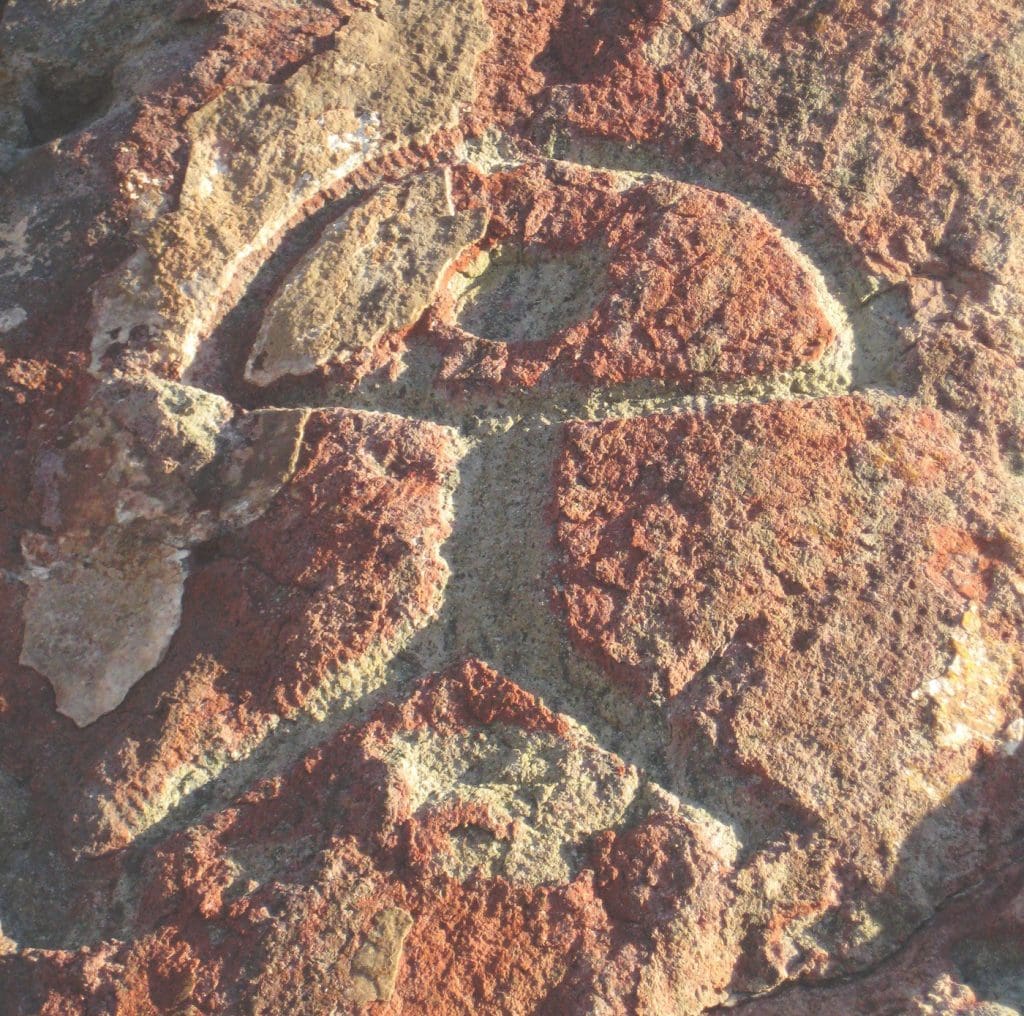
In 1868, the sign was discovered on the walls of Los Letreros cave in Maria-Los Velez Natural Park mountains by Antonio Gongonia and Martinez. It is estimated to be created in 4500 BC. From the very beginning, its unusual shape brought attention because it appeared on the walls of the cave on drawings presenting typical of that period human and animal silhouettes. The local Indalo interpreted it to be a silhouette of a prehistoric god or spirit, who holds a rainbow in his hands.
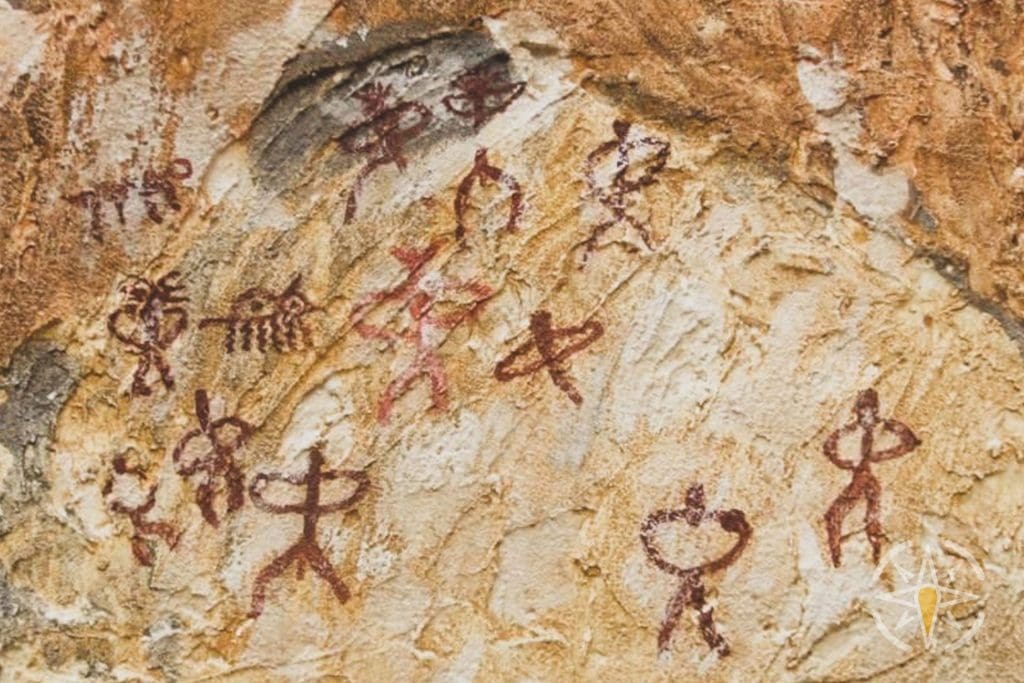
At first, the sign was being painted on the walls of houses and shops “for luck” – especially near Mojacar. Thanks to artists and people involved in the development of the region in the 60s of the twentieth century, the sign has been visually reborn. For decades, the region was plagued by drought and emptied more and more, making the ethnic and poor people unable to earn their keep and forcing them to leave for work to regions situated far north of Spain or abroad.
Only the newcomers, who appreciated the advantages of coastal towns, have begun the process of rebuilding the society. That is how Indalo was resurrected and adopted by local artists, poets, novelists, and craftsmen, who later have begun to call themselves the members of Indaliano movement.
With time, the reborn Indalo started to be perceived by local societies as a symbol of reconstruction and rebirth. Finally, it became the official logo of Almeria province – and it can be found there almost everywhere!
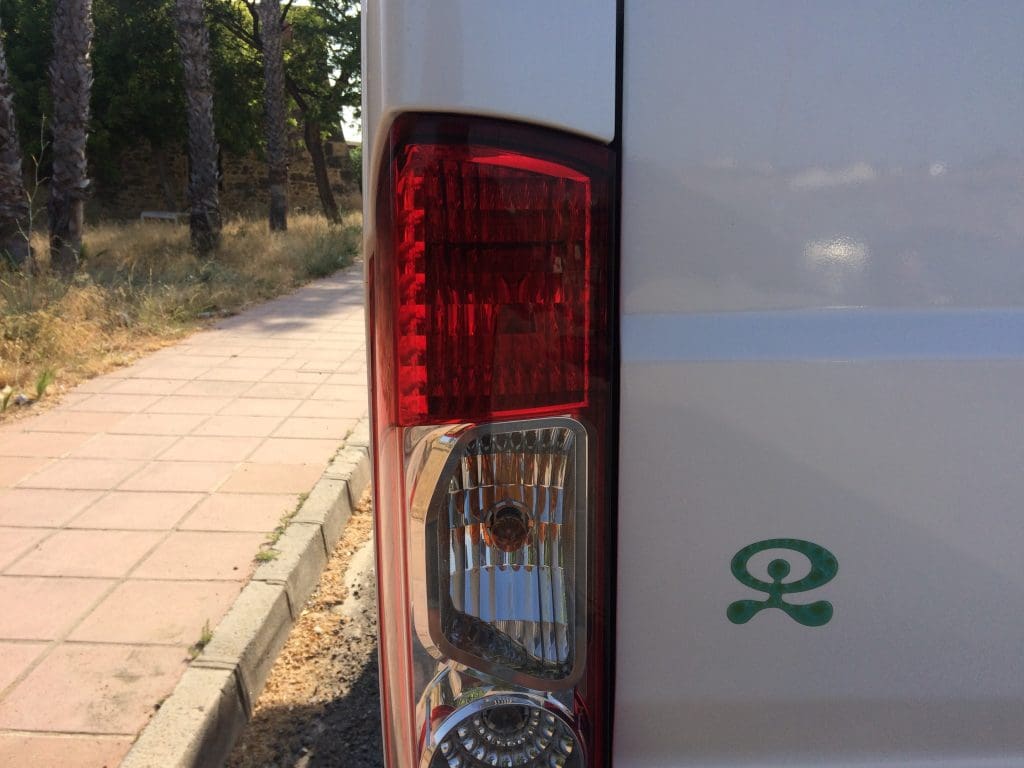
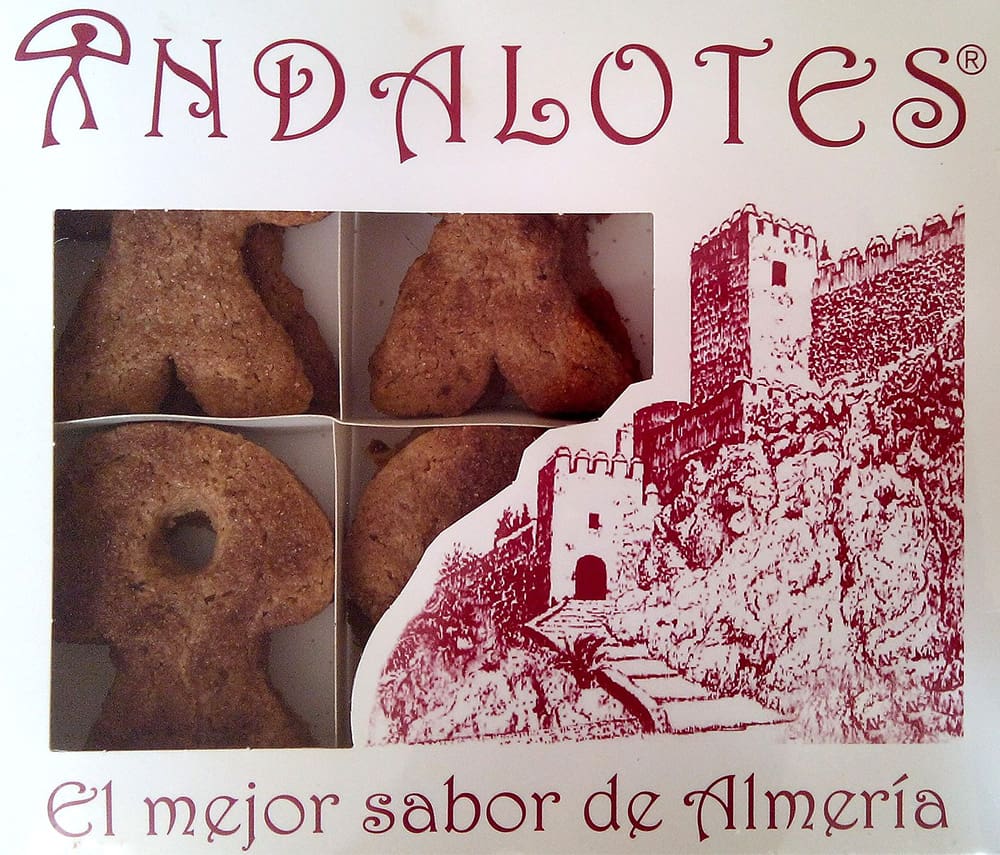
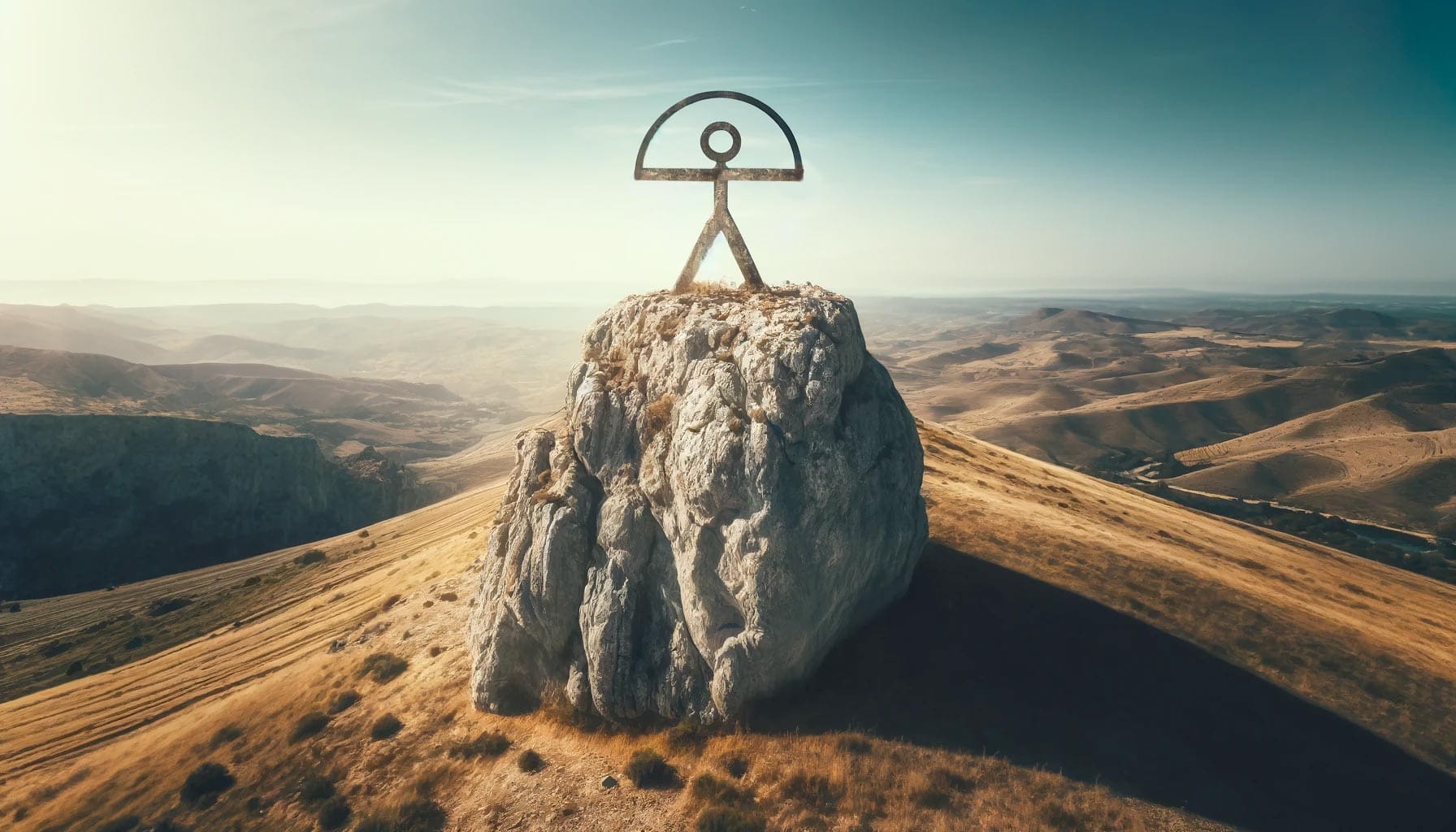
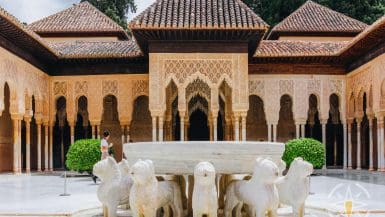
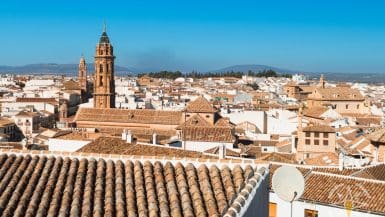
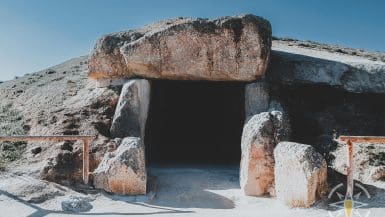
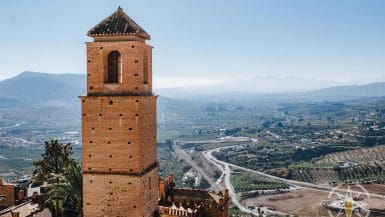
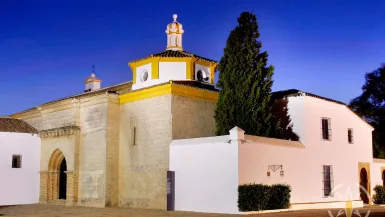

Leave a comment, ask a question...